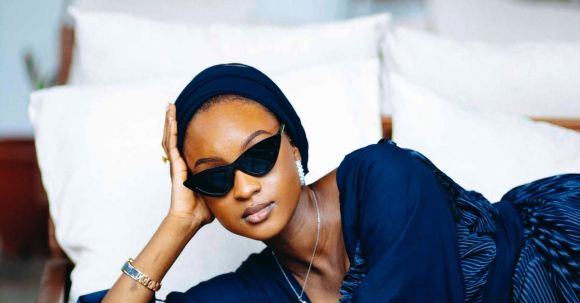Fashion has always been a reflection of culture, a way for individuals to express their identity and creativity. However, in recent years, the issue of cultural appropriation in fashion has sparked heated debates. With the global exchange of ideas and the increasing influence of social media, it has become essential to navigate this complex conversation with sensitivity and respect. In this article, we will explore the concept of cultural appropriation in fashion and discuss how we can approach it in a way that celebrates diversity and promotes cultural understanding.
What is Cultural Appropriation?
Cultural appropriation refers to the adoption of elements from another culture, often by a dominant culture, without understanding or respecting its significance. In the realm of fashion, this can manifest in the form of wearing traditional garments, accessories, or hairstyles that hold cultural significance without acknowledging or understanding their cultural origins. While cultural exchange and appreciation can be positive and enriching, it is important to draw a line between appreciation and appropriation.
Appreciation vs. Appropriation: Finding a Balance
The line between cultural appreciation and appropriation is a fine one. It is essential to approach the adoption of elements from another culture with respect and understanding. Instead of blindly adopting cultural elements without context, we should strive to educate ourselves about their historical and cultural significance. By doing so, we can appreciate and celebrate the diversity of cultures without perpetuating stereotypes or disrespecting their origins.
Collaboration and Representation: Giving Credit Where It’s Due
One way to avoid cultural appropriation is to actively collaborate with members of the culture being represented. Fashion designers and brands can work directly with artisans and craftsmen from different cultures, ensuring that their work is properly credited. By giving credit where it’s due, the fashion industry can foster a sense of inclusivity and promote cultural diversity.
Inspiration vs. Appropriation: Ethical Design Practices
The fashion industry thrives on innovation and creativity. However, it is important to distinguish between drawing inspiration from other cultures and appropriating their cultural symbols or traditions. Designers should strive to create original and respectful designs that pay homage to different cultures without commodifying or exploiting them. By incorporating diverse influences into their designs, fashion can become a platform for cultural appreciation and understanding.
Education and Awareness: Building a More Inclusive Fashion Industry
To address the issue of cultural appropriation effectively, education and awareness are key. Fashion schools and industry organizations should include courses and workshops that focus on cultural sensitivity and understanding. By nurturing a generation of designers who are aware of the implications of cultural appropriation, we can create a more inclusive and respectful fashion industry.
The Power of Representation: Diverse Voices in Fashion
Representation matters. The fashion industry should actively promote diversity and inclusivity by featuring models, designers, and artists from various cultural backgrounds. By amplifying diverse voices and perspectives, we can challenge the existing power dynamics and create a more equitable industry.
Celebrating Cultural Exchange: Embracing a Global Fashion Landscape
While cultural appropriation is a critical issue, it is also important to celebrate cultural exchange and the beauty of a global fashion landscape. By engaging in respectful dialogue and actively seeking to learn from different cultures, we can create a fashion industry that is both diverse and inclusive.
In conclusion, navigating the complex conversation surrounding cultural appropriation in fashion requires sensitivity, education, and collaboration. By appreciating and celebrating diversity, giving credit where it’s due, and promoting inclusivity, the fashion industry can move towards a more respectful and culturally aware future. Let us embrace a fashion landscape that celebrates the richness of different cultures and fosters a sense of unity and understanding.




